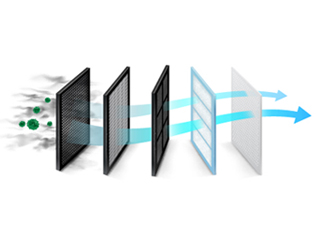Whenever innovative technology arrives, there is always a need for additional computing power and data caches. This will mean that small Data Centers will proliferate. Demand for 5G technology, the Internet of things (IoT), and AI machines, is projected to grow through 2022. For now, there is neither a mass deployment of nor a single design dominating the market. Expect that to change once the new technology is in full production.
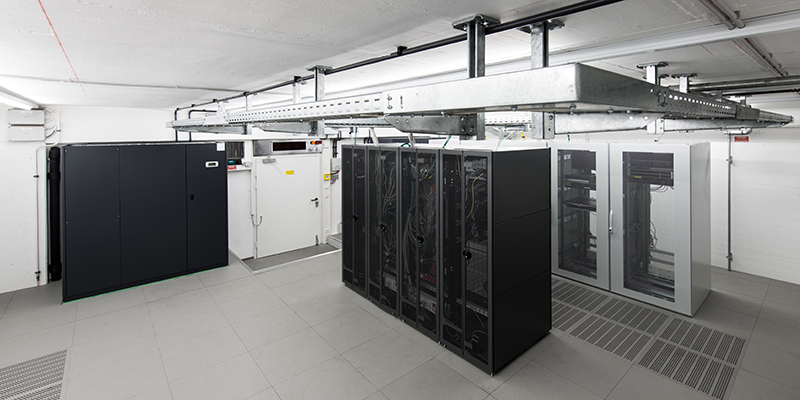
Micro Data Centers can bring data processing physically nearer to company networks to better meet processing demands from the Internet of Things (IoT) and other highly automated applications, such as machine-to-machine (M2M) processes.
Delivered in one enclosure, they include power, cooling, and management software to support a self-contained, secure computing environment. The factory-built centers reduce latency and quickly allow users to add capacity while maintaining security and easy management.
Micro Data Centers offer the option of being supplied as chassis mounted, as for use onboard a truck, or as ready-to-deploy appliances, including IT equipment, via systems integration partners.
The Definition of a Micro Data Center
A Micro Data Center (MDC) is a small modular Data Center that computes, stores, networks, cools, and performs other operations required for a given workload.
Lately, applications such as IoT (Internet of Things), content delivery, and 5G, have increased the demand for low-latency access to data processing and data storage. Large centralized Data Centers, such as those used by AWS (Amazon Web Services) and Microsoft Azure, are incompatible with these new technologies. These traditional Data Centers use economies of scale and cloud computing but are too expensive for the smaller end-users in their data processing workload requirements.
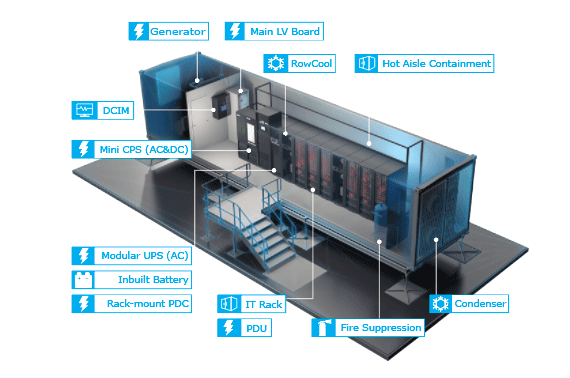
example of a Micro Data Center, a containerized Data Center is portable and rapidly deployed where needed.
Small package, big impact
The global Micro Data Center market will grow immensely because of rapid technological advances in IT and telecoms. That continuing growth has led to the expansion of Data Center infrastructures worldwide. As online banking and shopping, satellite navigation systems, smartphones, TV, and movie streaming become more popular, relocation of IT infrastructure becomes more commonplace. This increases the demand for modular Data Center architecture that will drive the global Micro Data Center market size.
Global Market Insights, Inc. estimates that the Micro Data Center market size will grow by more than 23% between 2019–25, growing to $14.5bn by 2025. The growth will gain momentum through the launch of various micro facilities by technology giants such as Schneider Electric and IBM.

The increased interest of the collocation companies to adopt modular solutions is predicted to accelerate the micro data centers market share.
This growth is a result of the increasing need for containerized Data Centers for corporate offices that frequently relocate their infrastructure. With workloads getting larger, companies are investing more in Data Center expansion. Businesses are increasing their presence on the cloud, requiring the use of portable Data Centers. Micro Data Centers have a smaller presence than conventional Data Centers, cost less, and suffer less latency. This means that small and medium enterprises will have better access to Data Centers in the future.
The healthcare sector will also benefit from the microdata center industry. Medical care centers need efficient power systems for reliable access to patient electronic health records. Since conventional data center infrastructures are a huge expense, the need to store more data increases stress on hospitals, emergency clinics, and rehabilitation centers. Miniaturized, portable Data Centers reduce up-front investment and can reduce data costs by 50%. With that in mind, medical care facilities are transferring to Micro Data Centers to capitalize on space.
What are the Uses of Micro Data Centers?
Retail outlets can benefit from Micro Data Centers because of the low latency computations required for everything from personalized marketing, to IT on-site, to network resiliency. In addition, Micro Data Centers are more reliable and simpler enough so the staff don’t have to manage it. A local bank branch is another potential user for a Micro Data Center approach.
Companies producing Micro Data Centers are making their presence felt by coming up with new and better portable Data Center solutions.
The ever-increasing demand for pre-integrated, physically secure, and remotely monitored containerized Data Center solutions is edging out traditional Data Centers. Gartner estimates that 80% of businesses will move on from traditional Data Centers by 2025. The market gap will be taken over by innovative industry players in the Micro Data Center market.
The challenge now is to supply, build or operate Micro Data Centers that are made to operate near the point of use. These Data Centers will support applications that are not possible in big, remote Data Centers, or even in mid-sized regional collocation data centers. Unlike the larger Data Centers, Micro Data Centers will mostly be assembled and tested in a factory and delivered on a truck. Typical sizes will range from 50 kW to 400 kW. There is an expectation that a large number of them will be manufactured.
While the concept of a Micro Data Center is relatively new, technical answers to most of the concerns are largely understood. Questions do still remain about the economics, the ownership, and the scale and pace of deployment of these Micro Data Centers.
Micro Data Centers will need to support services that utilize a lot of data, such as MRI scanners, augmented reality, and real-time streaming. They also may need to provide very low latency, instantly responsive services for both humans and machines. Examples are factory robot machines, driverless cars, and rapid AI calculations for real-time responses. There are also more mundane applications providing on-site services, such as in a hospital, factory, or retail establishment, should the network fail.
Depending on size, from a single 19-inch rack to a 40-foot shipping container, Micro Data Centers can be mobile enough to be deployed in locations where traditional Data Centers would be too expensive. This can be a cost-effective way for organizations to solve the low-latency data processing and storage requirements.
There is not yet a single standard for Micro Data Center design. An MDC must be able to accommodate the full technology stack an application requires. As a result, these components are required in MDCs:
- Server racks/enclosures
- High-performance servers
- Networking equipment
- Power Distribution Units (PDUs)
- Uninterruptable Power Supplies (UPSes)
- In-rack/in-container cooling
- Environmental monitoring
- Physical security measures
- Fire suppression technology
Generally, MDCs are compact by design. This means the components can be easily replaced if there is a failure or an upgrade that may be required.
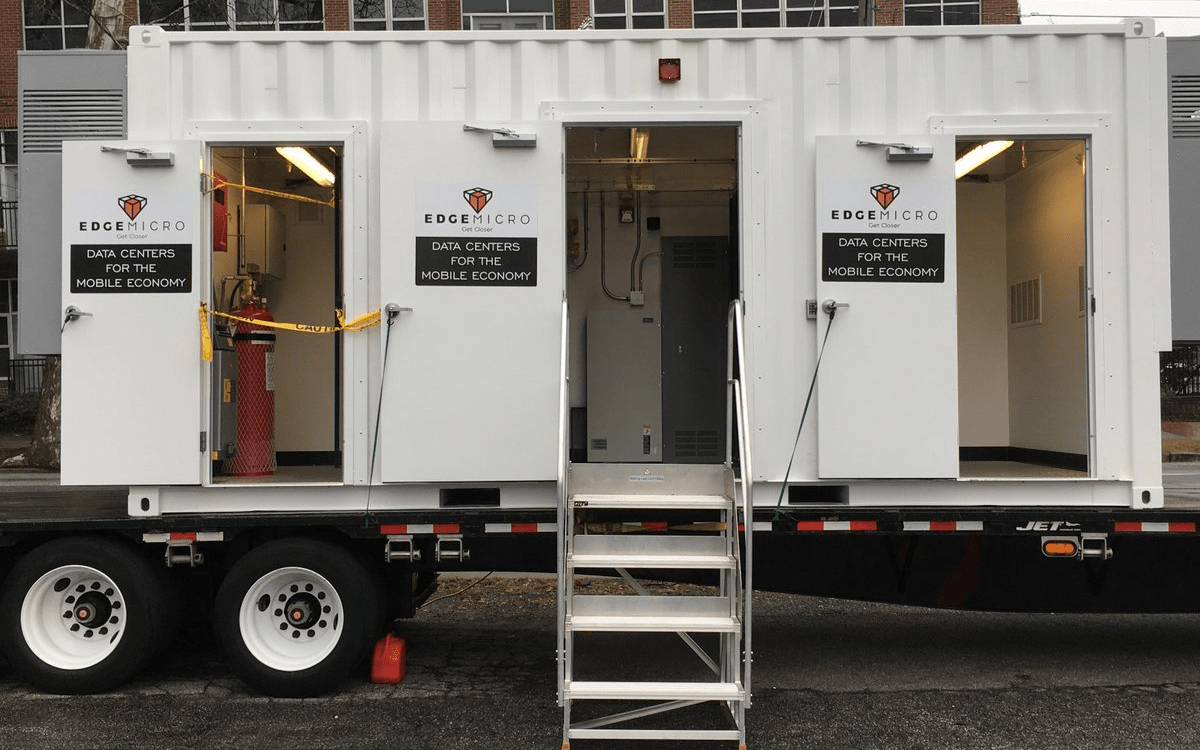
EdgeMicro are a startup that has launched 5 new Micro Data Centers during the 2020 GLobal Pandemic to help with improvements of latency for work from home staff.
Key Takeaways
- Micro Data Centers are small-footprint Data Centers.
- Edge computing is a “what” while Micro Data Centers are a “how”.
- Micro Data Centers bring compute and storage resources closer to end-users.
- Micro Data Centers can reduce costs and deployment times while increasing resilience and scalability.
Micro Data Centers and Edge Computing
Sometimes the terms “Micro Data Center” and “edge computing” are used in the same way. The difference between them is that edge computing is a kind of distributed architecture, while MDCs are for Data Center design.
In simple terms, MDCs help implement edge computing in the real world. Edge computing is the “what” while Micro Data Centers are part of the “how”.
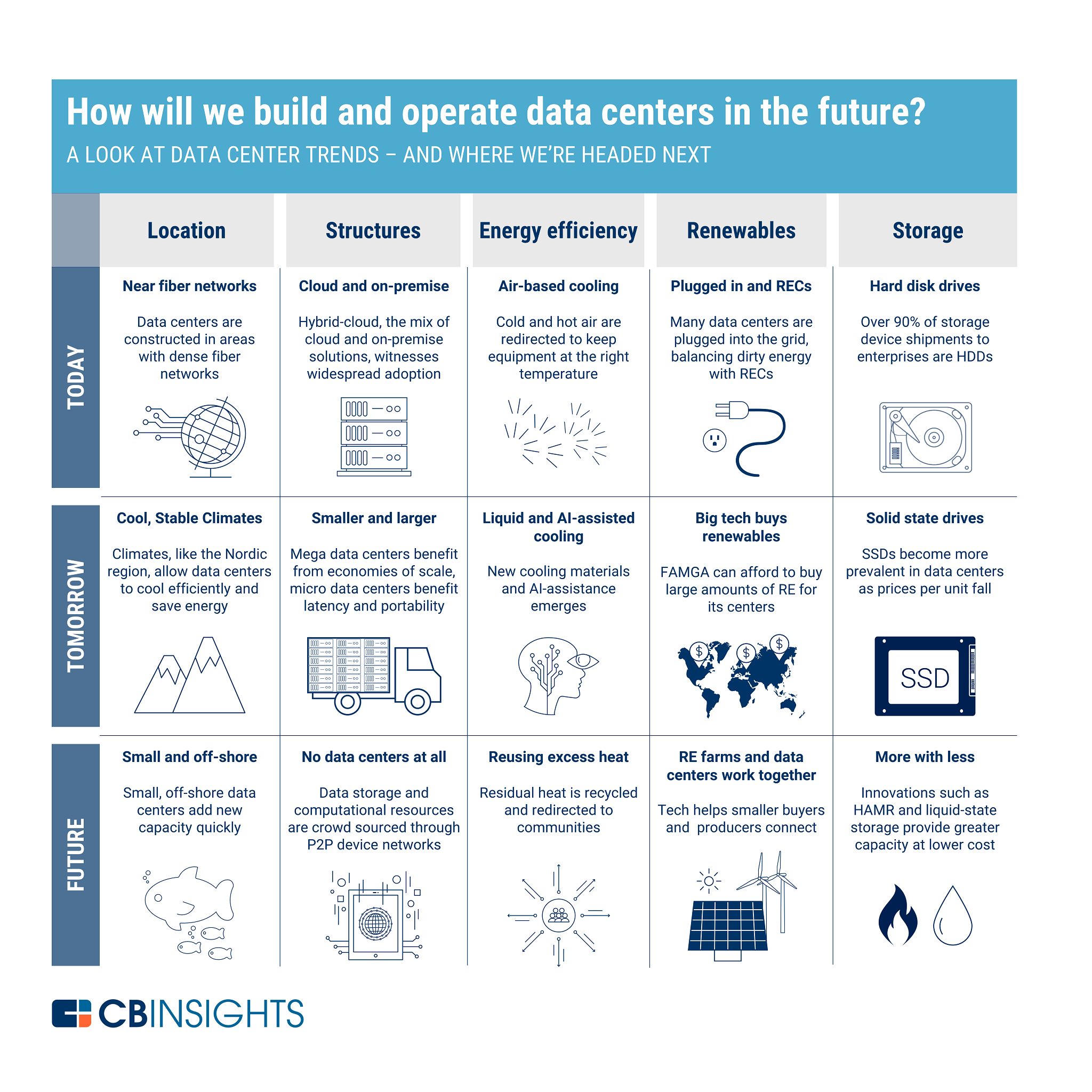
MDCs can have several business benefits including:
Low latency: To optimize the process of a very high volume of data messages with minimal delay, MDC brings the “client” and “server” computers closer in one location, so MDCs can minimize latency significantly.
Increased resilience: A failure, such as a cut MPLS (Multiprotocol Label Switching) line, can prevent communication with a traditional Data Center, bringing production to a halt. With MDCs, having dozens of failover options becomes possible.
Ease of deployment: Micro Data Centers can be transferred partially or fully assembled. Due to their small size, it makes space more accessible and power easier. MDC building is significantly faster than a traditional Data Center build-out.
Standardization: By having the same design, MDCs can reduce operating and maintenance costs.
Scalability: Micro Data Centers can be upgraded based upon demand. This allows for a more flexible approach to infrastructure and is conducive to rapid growth.
Reduced costs: Large Data Centers and server closets come with high operating and maintenance expenses. MDCs have lower costs, while the small footprint can help keep the data computing more affordable for small businesses.
How Micro Data Centers Work
Micro Data Center structure is usually preassembled, meaning the equipment is preinstalled in a server rack. Upon receiving it, IT staff will add any components and connect network and power cabling within the MDC. From there, IT will connect the MDC to an existing utility power source or have someone install a new circuit for larger installations.
Once the MDC is operational, IT staff or an MSP (managed service provider) will configure and monitor the equipment. For large MDC deployments, configuration management tools and enterprise network monitoring solutions are implemented.
Micro Data Centers are used by some of these applications:
IoT: Devices that use the Internet of Things utilize huge amounts of data and enable new automated workflows. To maximize the use of IoT, businesses need to minimize latency and shift storage and computing resources closer to the “things.” For example, for a delivery drone or smart car, a few hundred milliseconds of latency can compromise its operation.
Content delivery: High-definition video streaming is one of the most sought-after applications in the wake of the Covid-19 pandemic. Computers must not be prone to breakdowns and must be reliable for content delivery networks (CDN).
5G: The coming of 5G as the next generation of cellular technology presents significant potential. The millimetre waves and microwaves used by 5G technology are limited for now. Many small 5G stations will be needed for sufficient coverage of a given area. MDCs will be instrumental in building the underlying infrastructure that enables end-to-end 5G connectivity.
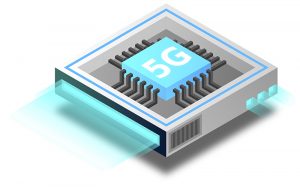
Hybrid cloud architectures: For Data Centers using machine learning and artificial intelligence, the latency and bandwidth costs with public cloud platforms can be an issue. Micro Data Centers help businesses exploit the cloud, while also bringing computation power and storage resources on-premises, to make them cost-effective.
Conclusion
This wide range of applications has also led to a great wave of innovation. Expect Micro Data Centers to change in density, size, shape, cooling types (including liquid cooling), sustainable power sources (including lithium-ion batteries and fuel cells), and levels of reliability.
The surge in demand for Micro Data Centers is inevitable, but it will take time. Many of the economic and technical innovations are still in their infancy; 5G, one of the key underlying catalysts, is in its early stages. In the near future, much of the driving force behind the use of Micro Data Centers will lie in their ability to ensure local availability, in the event of network failures.
Reference links:
https://www.stackpath.com/edge-academy/micro-data-centers/
https://journal.uptimeinstitute.com/micro-data-centers-an-explosion-in-demand-in-slow-motion/
https://channels.theinnovationenterprise.com/articles/why-micro-data-centers-will-dominate-us-market

